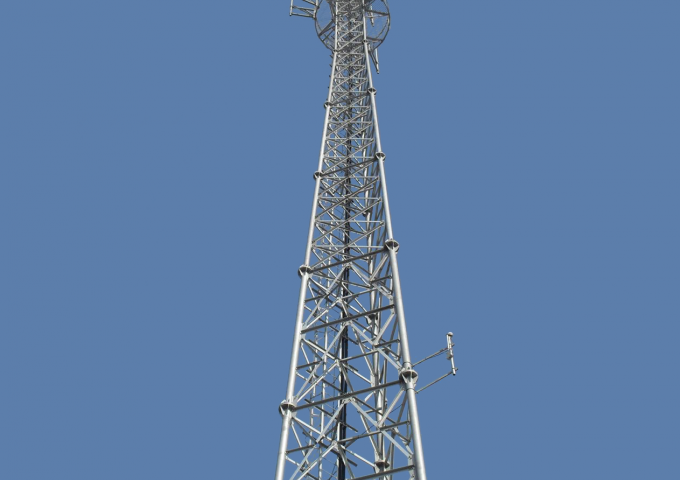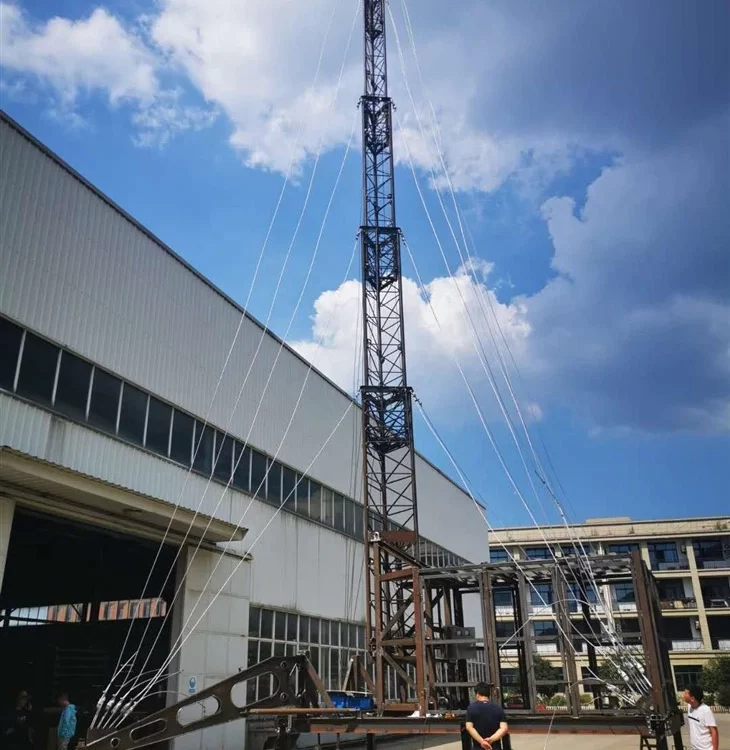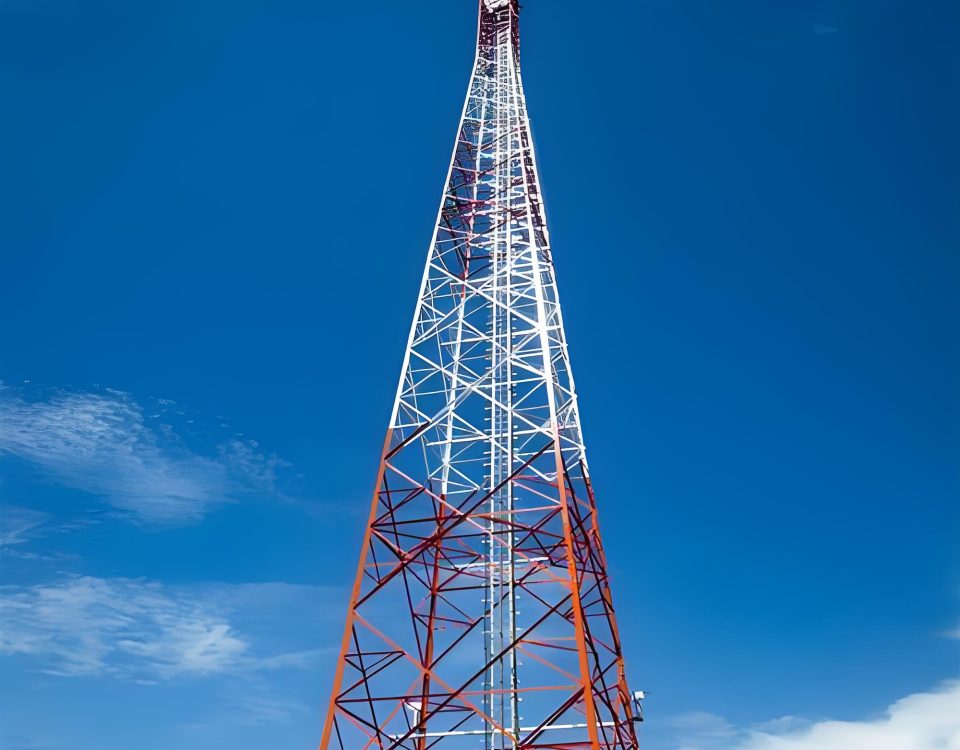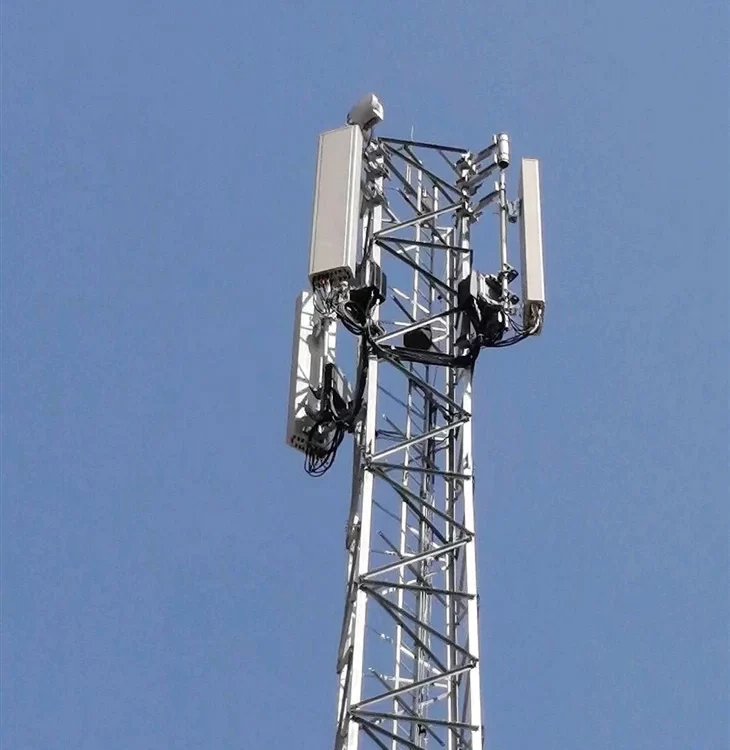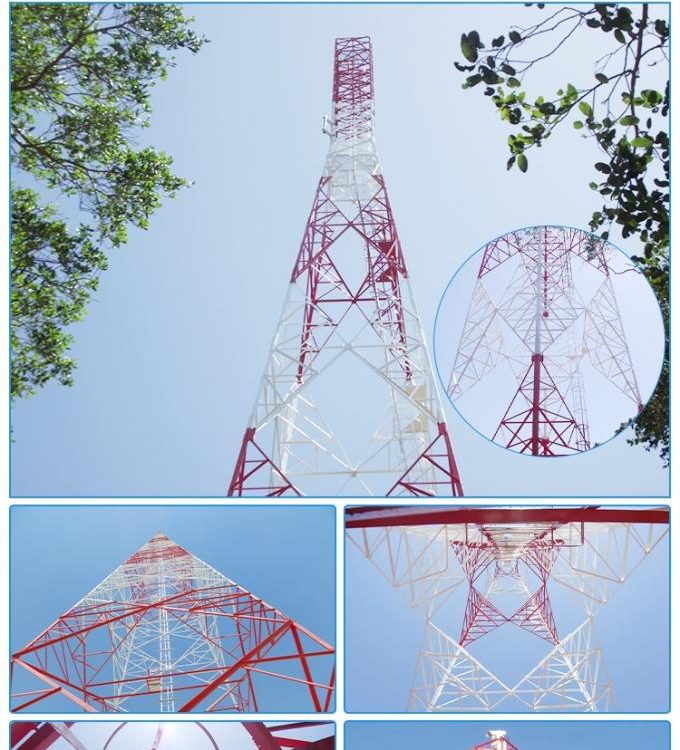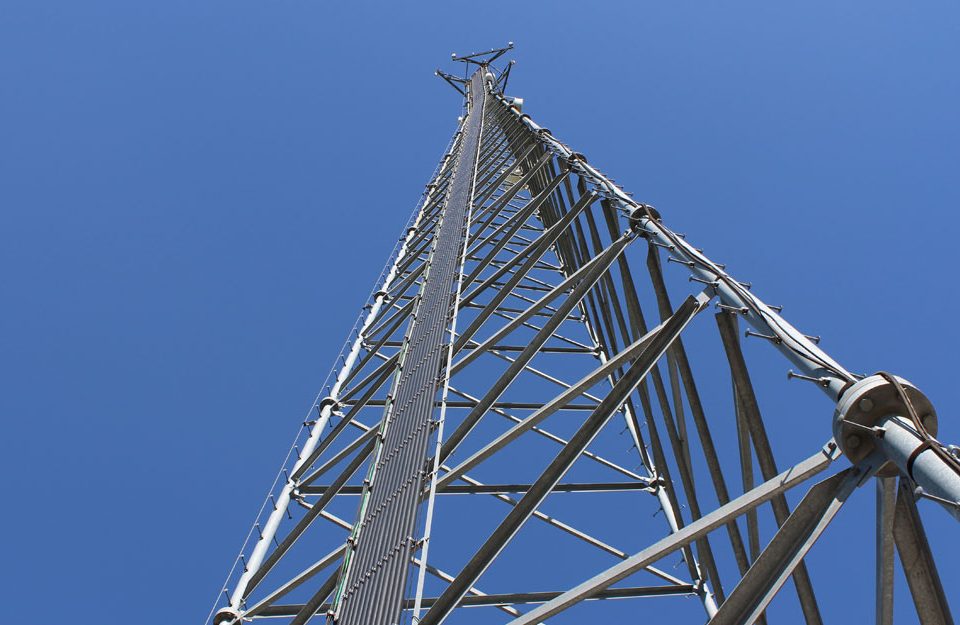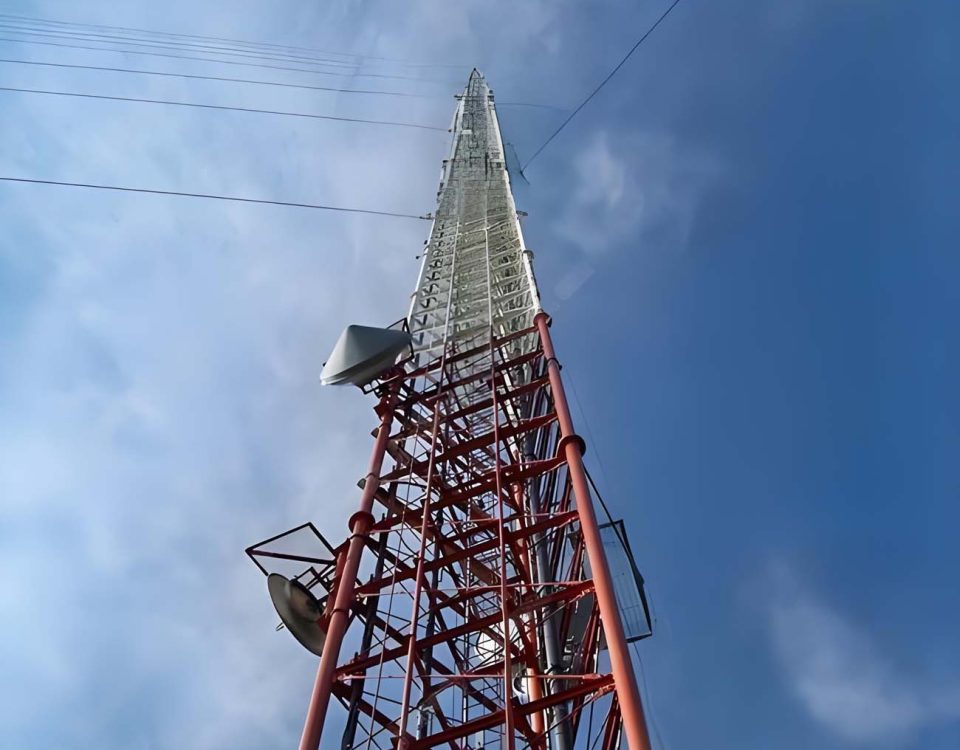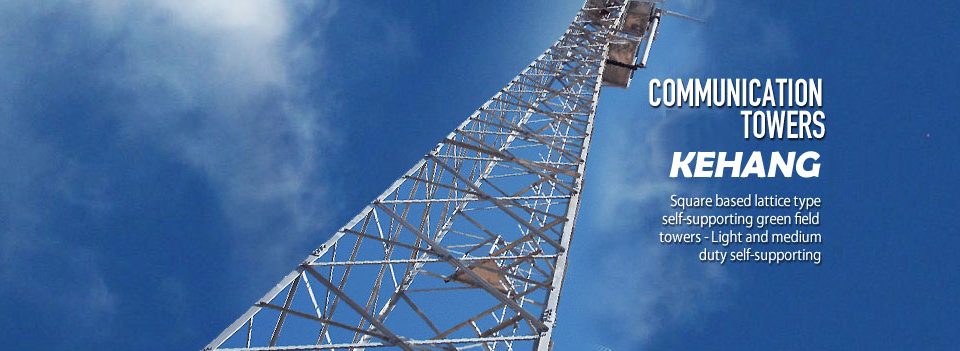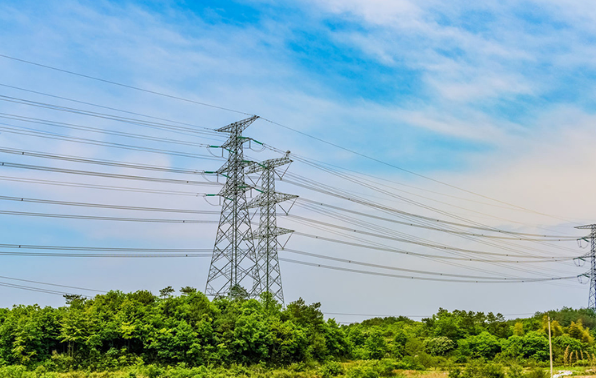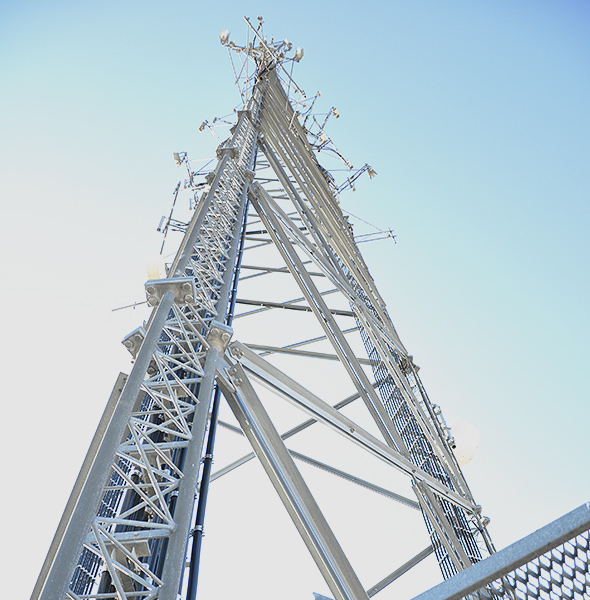
Camouflage Communication Tower, Bionic Tree Launching Tower
August 2, 2024
Power Transmission Line Lattice Tower Comprehensive Technical Analysis
August 10, 20243 Legged Self Support Steel Tower , 4 Legged Tubular Tower
Self Support Steel Tower: 3-Legged Tower, 4-Legged Tubular Tower
Introduction
In the realm of telecommunications and broadcasting, the structural integrity and design of towers play a crucial role in ensuring reliable signal transmission. Self-support steel towers, particularly the 3-legged and 4-legged tubular towers, are pivotal in this industry. These towers are designed to provide robust support for antennas and other equipment, ensuring optimal performance and durability. This article delves into the intricacies of these towers, highlighting their design, benefits, and applications.
The Evolution of Self-Support Steel Towers
Traditional Towers
Traditional towers, often made of lattice steel, have been the backbone of telecommunication infrastructure for decades. While effective, these towers can be bulky and visually intrusive, prompting the need for more streamlined and efficient designs.
Modern Self-Support Steel Towers
Modern self-support steel towers have evolved to meet the demands of contemporary telecommunications. These towers are designed to be more efficient, both in terms of material usage and structural integrity. The 3-legged and 4-legged tubular towers are prime examples of this evolution, offering enhanced stability and reduced visual impact.
3-Legged Self-Support Steel Towers
Design and Structure
3-legged self-support steel towers are characterized by their triangular base, which provides a stable and robust foundation. The three legs are typically made of tubular steel, offering a balance between strength and weight.
Benefits of 3-Legged Towers
- Structural Stability: The triangular base provides excellent stability, making these towers suitable for various environmental conditions.
- Material Efficiency: The use of tubular steel reduces the overall weight of the tower, making it easier to transport and install.
- Cost-Effective: Due to their efficient design, 3-legged towers often require less material, resulting in lower construction costs.
Applications of 3-Legged Towers
- Telecommunications: These towers are widely used to support antennas and other communication equipment.
- Broadcasting: 3-legged towers are also used in the broadcasting industry to support television and radio antennas.
- Wind Measurement: These towers can be used for mounting wind measurement equipment in meteorological studies.
4-Legged Tubular Towers
Design and Structure
4-legged tubular towers feature a square or rectangular base, providing a more extensive foundation compared to 3-legged towers. The four legs are made of tubular steel, offering enhanced strength and stability.
Benefits of 4-Legged Tubular Towers
- Enhanced Stability: The square or rectangular base provides superior stability, making these towers ideal for taller structures.
- Increased Load Capacity: The four-legged design allows for a higher load capacity, accommodating more equipment and antennas.
- Durability: The use of tubular steel ensures that these towers are durable and resistant to environmental factors such as wind and corrosion.
Applications of 4-Legged Tubular Towers
- Telecommunications: These towers are commonly used to support multiple antennas and heavy communication equipment.
- Broadcasting: 4-legged tubular towers are ideal for supporting large broadcasting antennas and dishes.
- Observation: These towers can be used for observation purposes, such as mounting cameras and other monitoring equipment.
Comparison of 3-Legged and 4-Legged Towers
Structural Differences
- Base Design: 3-legged towers have a triangular base, while 4-legged towers have a square or rectangular base.
- Load Capacity: 4-legged towers generally have a higher load capacity due to their larger base and additional leg.
Applications
- Height and Load Requirements: 3-legged towers are suitable for moderate height and load requirements, while 4-legged towers are better suited for taller structures and heavier loads.
Cost Considerations
- Material Usage: 3-legged towers typically use less material, making them more cost-effective for certain applications.
- Installation Costs: The installation costs for both types of towers depend on the specific requirements of the project, including height, load, and environmental conditions.
Conclusion
Self-support steel towers, particularly the 3-legged and 4-legged tubular towers, are essential components of modern telecommunication and broadcasting infrastructure. Their robust design and structural integrity ensure reliable performance, making them suitable for a wide range of applications. By understanding the differences and benefits of these towers, industry professionals can make informed decisions to meet their specific needs.
FAQ
1. What are the main differences between 3-legged and 4-legged towers?
3-legged towers have a triangular base and are typically more cost-effective, while 4-legged towers have a square or rectangular base, offering enhanced stability and load capacity.
2. What are the benefits of using tubular steel in tower construction?
Tubular steel provides a balance between strength and weight, making the towers durable, resistant to environmental factors, and easier to transport and install.
3. In what industries are self-support steel towers commonly used?
Self-support steel towers are widely used in telecommunications, broadcasting, and meteorological studies for supporting antennas, communication equipment, and wind measurement devices.
4. How do the structural designs of 3-legged and 4-legged towers impact their applications?
The triangular base of 3-legged towers provides stability for moderate height and load requirements, while the square or rectangular base of 4-legged towers offers superior stability and load capacity for taller structures and heavier equipment.
5. Are 3-legged towers more cost-effective than 4-legged towers?
Generally, 3-legged towers use less material, making them more cost-effective for certain applications. However, the overall cost depends on specific project requirements, including height, load, and environmental conditions.

